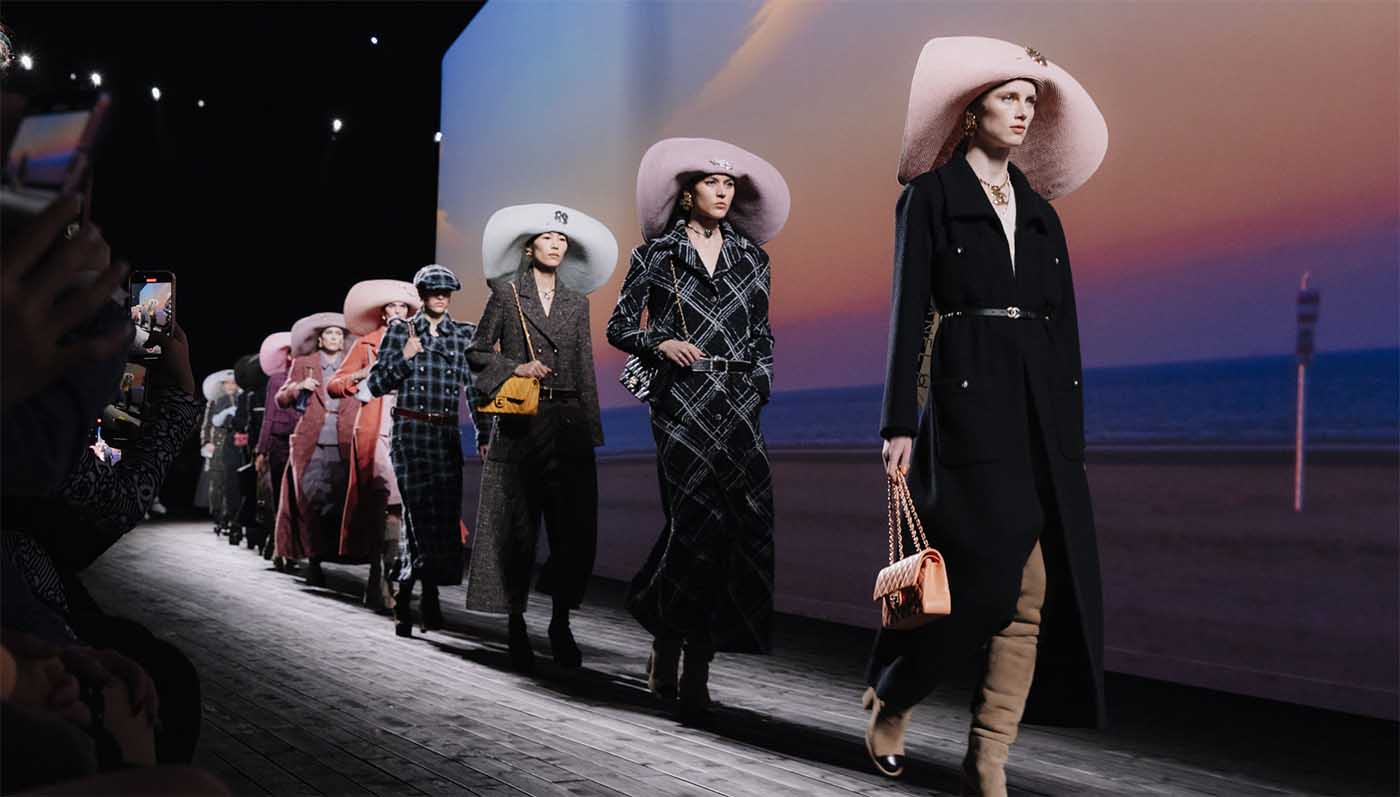A Journey Through Fashion History: From Ancient Times to Modern Day

Fashion, as a form of self-expression and cultural reflection, has evolved dramatically over centuries. From the elaborate garments of ancient civilisations to the avant-garde designs of contemporary designers, fashion has mirrored societal changes, technological advancements and artistic movements. This article explores key milestones in fashion history, highlighting iconic eras and influential designers who have shaped the industry.
• Egyptian Fashion: Known for its simplicity and elegance, Egyptian fashion was characterised by loose-fitting garments made from linen, often adorned with intricate embroidery and jewellery. The kaftan and the tunic were popular styles.
• Greek Fashion: Greek fashion was influenced by the idealization of the human form, with garments draped and flowing to accentuate the body. The chiton, peplos and himation were common garments.
• Roman Fashion: Roman fashion was more diverse, influenced by various cultures and social classes. The toga, a long, draped garment, was the most recognisable Roman style.
Medieval Fashion:
• Early Middle Ages: Fashion was simple and practical, with clothing made from wool and linen. The tunic and cloak were common garments.
• High Middle Ages: Fashion became more elaborate, with the introduction of fitted bodices, full skirts and elaborate headwear. The "cotehardie" was a popular style for men.
• Late Middle Ages: Fashion continued to evolve, with the rise of the "doublet" and "hose" for men and the "farthingale" and "ruff" for women.
Renaissance Fashion:
• Italian Renaissance: Inspired by classical Greek and Roman styles, Renaissance fashion emphasised elegance and sophistication. The doublet and hose were popular for men, while women wore gowns with fitted bodices and full skirts.
• Northern Renaissance: Fashion in Northern Europe was influenced by local traditions and materials, with a focus on practicality and warmth.

18th Century:
• Rococo: Known for its extravagance and ornamentation, Rococo fashion was characterised by elaborate gowns, corsets and wigs.
• Neoclassical: Inspired by classical Greek and Roman styles, Neoclassical fashion emphasised simplicity and elegance.
19th Century:
• Regency Era: Fashion was characterised by high-waisted dresses and tailored coats for women and waistcoats and trousers for men.
• Victorian Era: Known for its elaborate gowns, corsets and crinoline skirts, Victorian fashion reflected the values and ideals of the time.
20th Century:
• Edwardian Era: Fashion was influenced by the Art Nouveau movement, with flowing lines and delicate fabrics.
• 1920s: The “Flapper” era introduced shorter hemlines, looser silhouettes and a more carefree attitude towards fashion.
• 1940s: Wartime rationing led to simpler styles, with a focus on practicality and comfort.
• 1950s: The "New Look" introduced by Christian Dior brought back full skirts and cinched waists.
• 1960s: The Mod, hippie and disco eras influenced fashion, with a focus on bold colours, geometric patterns and experimentation.
• 1970s: Fashion was characterised by eclectic styles, including bohemian, punk and disco.
• 1980s: The "power suit" and shoulder pads dominated fashion for women, while men embraced oversized suits and neon colours.
• 1990s: Grunge, minimalism and the revival of 1970s and 1980s styles were prominent.
• 21st Century: Fashion has become increasingly diverse, influenced by globalisation, technology, and social media. Sustainable fashion and inclusivity have become important trends.

• Coco Chanel: Revolutionised women's fashion with her simple, elegant designs and the introduction of the little black dress.
• Christian Dior: Introduced the "New Look" in the 1950s, emphasizing full skirts and cinched waists.
• Yves Saint Laurent: A pioneer of haute couture and prêt-à-porter, Saint Laurent introduced groundbreaking designs such as the smoking jacket for women.
• Pierre Cardin: Known for his futuristic and avant-garde designs, Cardin was a pioneer of ready-to-wear fashion.
• Alexander McQueen: A highly influential designer known for his dramatic and theatrical collections, often inspired by historical themes.
• Rei Kawakubo: A Japanese designer known for her avant-garde and unconventional designs, challenging traditional notions of beauty and femininity.
This brief overview provides a glimpse into the rich and complex history of fashion. From ancient civilisations to contemporary designers, fashion has evolved in response to social, cultural and technological changes. As we continue to move forward, it is exciting to anticipate the future of fashion and the new trends and innovations that will shape the industry.














